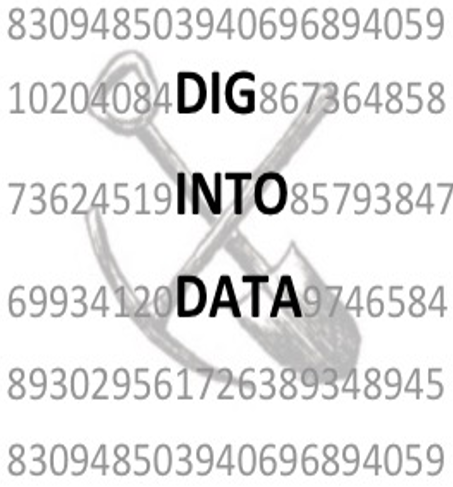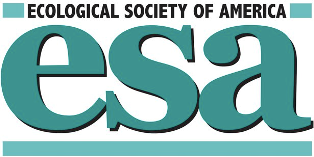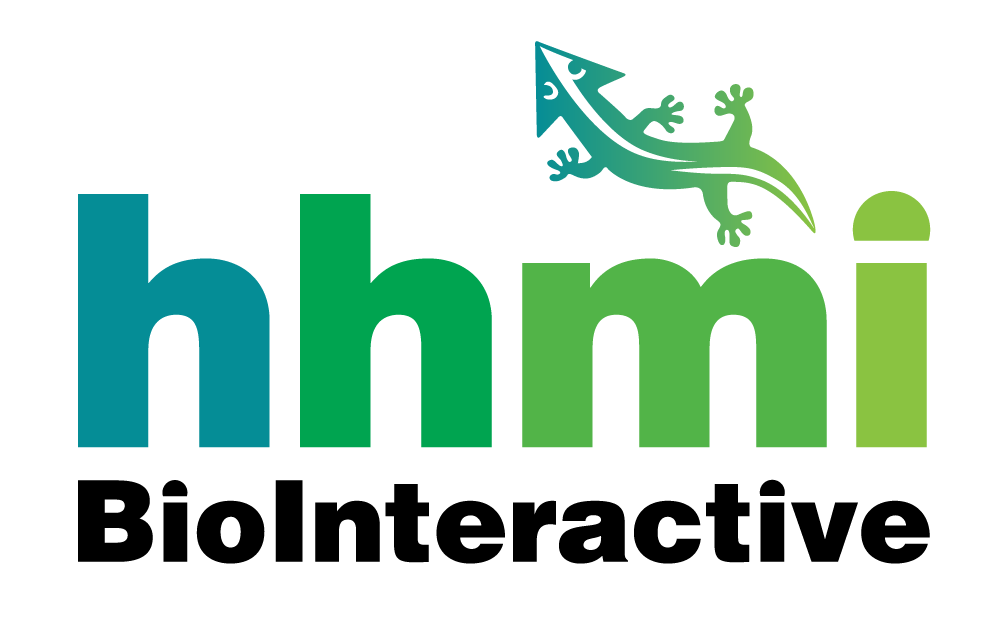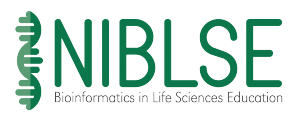Teaching with Data
- Details
- Published on Friday, 10 November 2017 21:43
The QUBES Project has partnered with a wide range of curriculum projects that emphasize the use of research data to teach biology. These projects are taking advantage of the increased availability of research data to address calls for undergraduate education reform, often focusing on providing opportunities for students to gain experience with scientific practices and the development of quantitative competencies. Please have a look around and see what they have made available. If you are interested in working with other teachers to use data in your courses please consider joining a Faculty Mentoring Network.
DIG | Data Nuggets | DryadLab | ESA | HHMI BioInteractive | NIBLSE | BIRDD | BLUE
This network focuses on promoting quantitative education through expanding the adoption of data-centric resources and facilitating large-scale collaboration on approaches to classroom implementation. We aim to apply the open educational resources (OER) life cycle framework to strengthen the implementation and adaptation phases of these resources.
- The “DIG into Data for the Biology Classroom” faculty mentoring network worked towards a special issue of Teaching Issues and Experiments in Ecology (TIEE) which will be online in Fall 2017. DIG has resources on their QUBES group (http://qubeshub.org/groups/data_incubator)
Data Nuggets are free classroom activities, co-designed by scientists and teachers. They are an innovative approach to bring contemporary research and authentic data into the classroom. Data Nuggets include a connection to the scientist behind the data and the true story of their research process. Data Nuggets give students practice working with “messy data” and interpreting quantitative information. Students are guided through the entire process of science, including identifying hypotheses and predictions, visualizing and interpreting data, making evidence based claims, and asking their own questions for future research.
- DataNuggets hosts a resource collection on their QUBES group (https://qubeshub.org/groups/datanuggets)
The Dryad Digital Repository is a curated resource that makes the data underlying scientific publications discoverable, freely reusable, and citable. Dryad provides a general-purpose home for a wide diversity of data types. There are currently over nine thousand published data packages representing papers from many diverse scientific journals.
- QUBES and DryadLab partnered to run a Faculty Mentoring Network in which participants integrated DryadLab modules into their classroom. The modules and additional resources for teaching with them are hosted on QUBES (https://qubeshub.org/groups/dryadlab/collections)
Data Discovery and Scaling Up FMNs
- ESA FMN participants adapted existing Teaching Issues in Ecology and Evolution (TIEE) modules for use in courses. Faculty participants implemented modules focused on providing students with the quantitative skillset needed to ‘scale up’ to large ecological datasets.
- Browse participant modified resources and teaching notes in the ESA QUBES Collections (https://qubeshub.org/groups/esa/collections)
TIEE (http://tiee.esa.org/ )
- Teaching Issues and Experiments in Ecology (TIEE), is a peer-reviewed web-based collection of ecological educational materials. TIEE is a resource for busy ecology faculty who are looking for new ways to reach their students, or who perhaps want to learn more about teaching and learning.
At BioInteractive, you can find award-winning multimedia resources, including apps, animations, videos, interactives, and virtual labs, to bring the excitement of scientific discovery into your classroom. Our rich video resources range from a series of short films on evolution, hosted by an award-winning author-scientist, to lectures on the brain given by a Nobel-prize winner—all supplemented by teacher guides and classroom activities.
- The QUBES/HHMI BioInteractive FMN participants worked to modify HHMI BioInteractive modules to implement in their classrooms. The modules and additional resources can be found on QUBES (https://qubeshub.org/groups/hhmibiointeractive/collections)
NIBLSE aims to establish bioinformatics as an essential component of undergraduate life sciences education by creating a permanent network of investigators to articulate a shared vision of the extent to which, and how best to, integrate bioinformatics into life sciences curricula. Specific objectives of the NIBLSE Network include identification of best practices for (1) preparation of students for bioinformatics instruction; (2) integration of bioinformatics into life science curriculum at all levels; (3) assessment of outcomes; and (4) preparation of faculty trained in life sciences to deliver curriculum in bioinformatics.
- The NIBLSE Learning Resource Collection is available on QUBES (https://qubeshub.org/groups/niblse/resourcecollection). Resources in this collection have been evaluated by the NIBLSE Resource Review Committee and are suggested for use in life science courses.
Beagle Investigations Return with Darwinian Data (BIRDD) is a rich collection of primary scientific data and supporting materials about the Galapagos Islands and Darwin's finches. BIRDD is a problem space providing a collection of introductory materials and data resources designed to support students as they reason about the evolutionary relationships between the species.
- BIRDD data can be launched in Serenity (https://qubeshub.org/resources/serenity), a free open-source web application designed to address the challenges of bringing data science into the classroom. Learn more about using BIRDD data with Serenity in the BIRDD group (https://qubeshub.org/groups/birdd/bq2017)
Biodiversity Literacy in Undergraduate Education (BLUE) is an initiative to build partnerships among biodiversity and education researchers to identify strategies, centralize resources, and develop educational materials. Materials developed or endorsed by BLUE support the training of diverse, competent, and engaged young biologists who are well prepared for a broad set of career paths generating and utilizing biodiversity data to address scientific issues of critical national and global importance.
- BLUE Modules (https://www.biodiversityliteracy.com/schedule)





